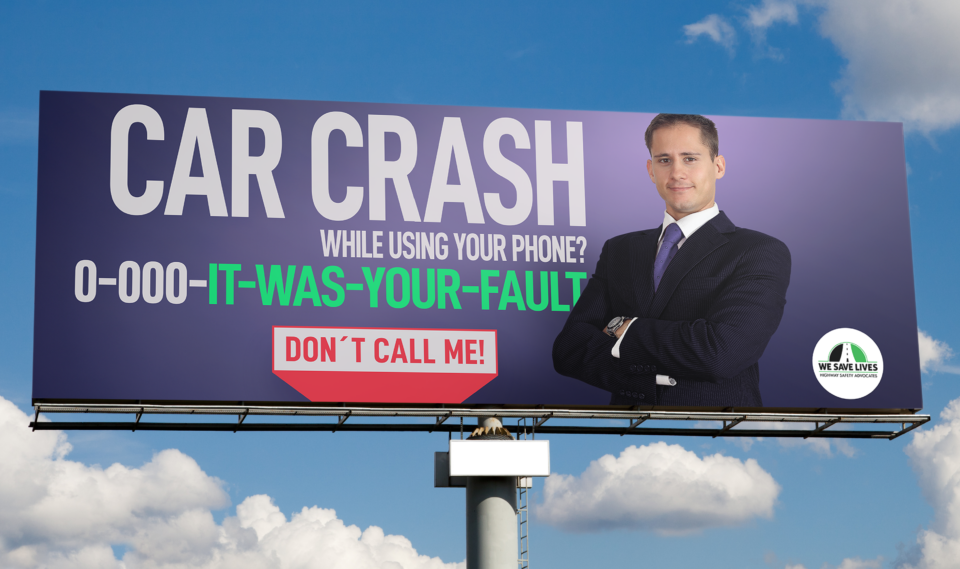- WE SAVE LIVES
- info@wesavelives.org
Traumatic Bereavement & PTSD

Division of Criminal Justice Publishes In-Depth Report on Colorado DUI Offenses
August 22, 2018
Taylor & Meredith’s Story
January 9, 2019Recently I was contacted by a clinical psychologist writing a book about people who have experienced severe trauma & then became activists. He wanted to interview me for a book he is writing. He specializes in PTSD. I don’t think I had PTSD after Cari died (probably because I was too busy starting MADD) but I do suffer from it since my car crash several years ago with a distracted driver that screwed up my back. I contacted one of our advisory board members who also is a psychologist & she sent me this article that might be helpful for those of you who suffered a major loss. “Traumatic bereavement is when a death causes posttraumatic symptoms, normally because the death occurs in traumatic circumstances. Traumatic Bereavement is a recognized cause of Post Traumatic Stress Disorder. It may occur alongside normal grief, prolonged grief, or depression, but is a separate condition.” I hope it helps. Because I care . . . Candace Lightner
What is Traumatic Bereavement/Loss?
Traumatic Bereaveament is “losing a significant other due to sudden, violent, or accidental means” (Raphael & Martinek, 1997; Stroebe, Schut, & Finkenauer, 2001). [2] Traumatic bereavement is when a death causes posttraumatic symptoms, normally because the death occurs in traumatic circumstances. Traumatic Bereavement is a recognized cause of Posttraumatic Stress Disorder. It may occur alongside normal grief, prolonged grief, or depression, but is a separate condition.
Traumatic Bereavement as a Cause of Posttraumatic Stress Disorder
Bereavement can only cause posttraumatic stress disorder if the death of a very close family member or friend happens in traumatic circumstances, it does not need to be witnessed.[2], [1]
Traumatic Grief
Most bereaved people regain “normal functioning” within 6 months, but a small percentage find their grief is “chronic, enduring, and disabling”; some of these people also suffer PTSD as a result of the traumatic loss.[2] PTSD’s intrusive symptoms may include nightmares, flashbacks, or frequent intrusive thoughts about the circumstances of the loss. The term traumatic grief, proposed by Prigerson et al., 1999, is sometimes used even when PTSD criteria are not fully met, and centers around the “separation distress of losing an attachment figure and the traumatic distress of adjusting to life without that figure”.[2] It is a broader range of symptoms than PSTD and Depression combined.
Traumatic loss involving intentional violence, e.g., homicide, terrorist attacks, military combat or civil war), or a stigmatizing loss (e.g., suicide) combined with a close attachment to the person causes more severe PTSD symptoms.[2] A study of 173 parents who lost a teenage or young adult child found that after 5 years, 27.7% of mothers and 12.5% of fathers had PTSD as a result, and around 60% were still in “mental distress”.[6] A study of caregivers for terminally ill people with cancer found that the place of death strongly affected rates of PTSD and prolonged grief; deaths in both hospital and the ICU resulted in a PTSD risk 5 times higher than deaths at home with hospice support. The quality of life of the loved ones was also lower in the ICU or hospitals.
Loss of a Child or Loved One from Terminal Illness
Two studies of parents of children with cancer showed that bereaved parents had more than a significantly higher chance of experiencing PTSD than parents whose children survived treatment. The bereaved parents had even poorer outcome if they had less time to prepare for their child’s death (typically under 6 months).[3]
Another study, which assessed people receiving counseling offered to cancer patients and their relatives, found that over 40% of the bereaved had PTSD.[4] PTSD rates were higher in people experiencing dissociation (for example emotional numbing), long periods of caring for the person with cancer, and when higher levels of unexplained physical symptoms (somatization, e.g. inability to sleep, headaches) were present. PTSD risk was reduced for people who felt more in control of the situation, worked full-time and had a more secure attachment style (attachment style develops in childhood).[4]
What is Posttraumatic Stress Disorder?
Posttraumatic Stress Disorder is a very common and affects around 8-9% of people during their lifetime. The main symptoms are:
- re-experiencing or reliving the trauma (e.g., having flashbacks and nightmares)
- avoiding any reminders of the trauma
- emotional numbing, e.g. feeling detached from life, unable to feel any positive feelings
- hyperarousal (being very irritable, unable to sleep, or always being on alter) [1]
PTSD DSM-5 diagnostic criteria
The diagnostic criteria are very long, but the possible “major stressors” related to bereavement must be one of those listed below.
Exposure to actual or threatened death, serious injury, or sexual violence in one (or more) of the following ways:
- Directly experiencing the traumatic event(s).
- Witnessing in person the traumatic events(s) that occurred to others.
- Learning that the traumatic events(s) occurred to a close family member or close friend. In cases of actual or threatened by death of a family member or friend, the events(s) must have been violent or accidental. [1]:272-273
Check the Full DSM 5 criteria for PTSD
Other Diagnoses
Traumatic Bereavement and Traumatic Grief are not included in traumatic manuals; if a diagnosis is needed (e.g., for insurance purposes), the closest may be:
- Adjustment Disorders meaning difficulties caused by life change, which can include symptoms of Depression or Anxiety
- Posttraumatic stress disorder, as explained
- Major Depressive Disorder or another form of depression.




